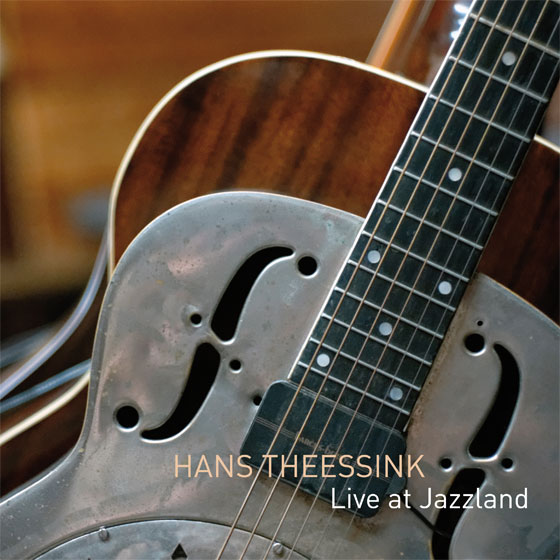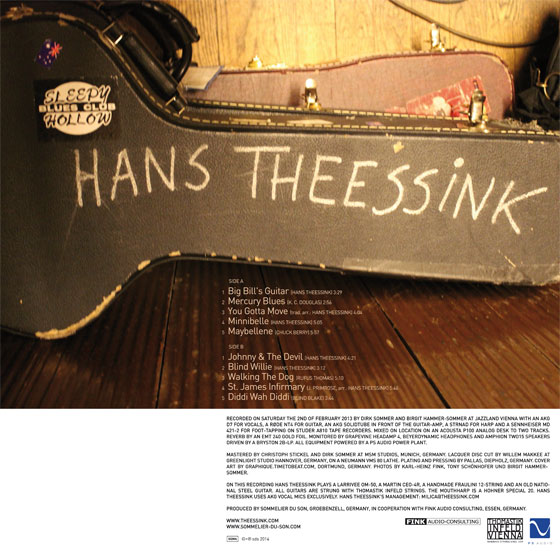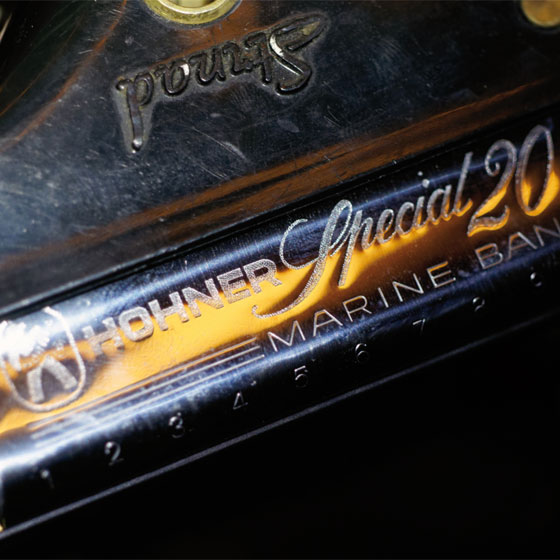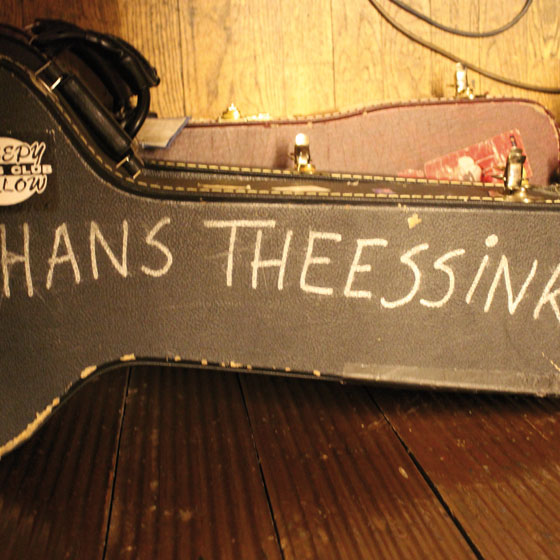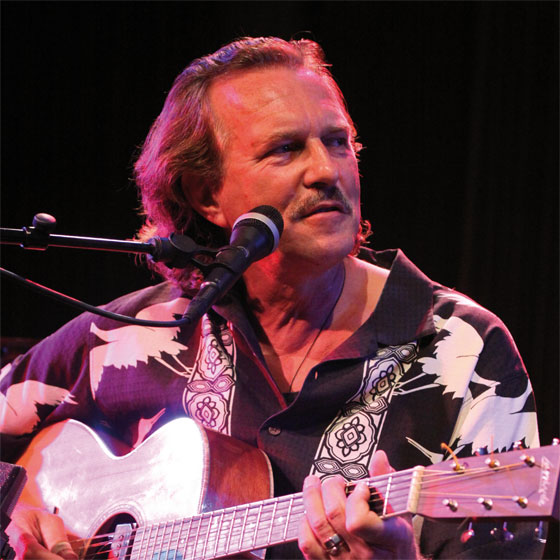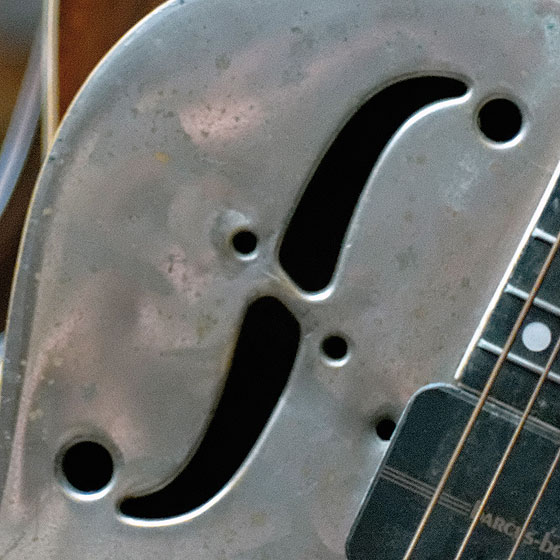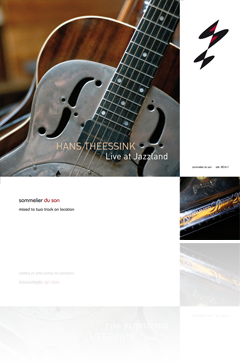The linernotes of Live at Jazzland
He sits alone on the stage – and really sounds a like a whole band. His guitar alone sounds like a few musicians. One is rolling out the harmonies, one the bass line, while one plucks a solo. Then there's one who tosses in small runs in between and another who sends out howling notes from its strings into the night like tender shooting stars. All this seems to happen simultaneously. Sometimes it is as if the chords just burst open in different directions - dirty, obstinate, rebellious. The steel bottle-neck rattles the strings, whining as it slides across them, harmonics tremble to attention. This is all handmade, genuine roots-music – detailing a very special art of nuances. Whoever is able to play the blues like this – first building up tension and then gaining openness – has surely eavesdropped on the masters and learned his craft in the Delta. In "Big Bill's Guitar," Hans Theessink tells a little of his own story: "Big Bill is to blame." Big Bill, that is of course Big Bill Broonzy, the great blues man from Mississippi.
A few more musicians are employed in Hans Theessink’s one-man orchestra. Above all there is Theessink, the singer. This is a sonorous, warm, but also a laconic, weathered trucker’s voice. Free from illusions and yet somehow comforting. Then Theessink, the blues harp player, who very sovereignly limits himself to expressive accents. And last, but not least: Theessink, the foot tapper. What can you write about the mere sound of a shoe tapping on the bandstand? Can foot stomping be warm? Can it be soft, voluminous, bouncy, or swinging? Because that is exactly how Theessink’s tapping sounds on this recording. This tapping gives his blues the twist, the drive, the life. As in the shuffle of "Big Bill's Guitar", the staccato beat of "Mercury Blues", the boogie bass of "Maybelline" or the slow swing of "I Gotta Move": This "rhythm section" rocks.
Certainly these pieces come from soul, R&B, rock & roll or jazz. Listening to Hans Theessink, the common roots of the elementary delta sound can be heard. They taste like a rocking chair, cowboy hat and wooden porch. Here, once again, each piece reopens another facet: sometimes sober and sometimes passionate, sometimes mysterious, sometimes ironic, sometimes almost experimental and sometimes almost cheerful. Theessink is constantly surprising with his sounds. Also using new playing techniques and changing positions. "You do not have to come from the southern states or have to be black to be able to play the blues," he says. He is Dutch born, but Viennese by choice - the "white boy lost in the blues." "I feel something bluesy in an earthy chromatic harmonica from Styria or a good Viennese song. The blues is universally found in all roots music. Good music always has a bluesy sound." When Hans Theessink plays in his second home, Vienna's "Jazzland,” the “Blue” of the "Blue Danube" gets a whole new meaning.
Hans-Jürgen Schaal
Translation by Joe Grand

